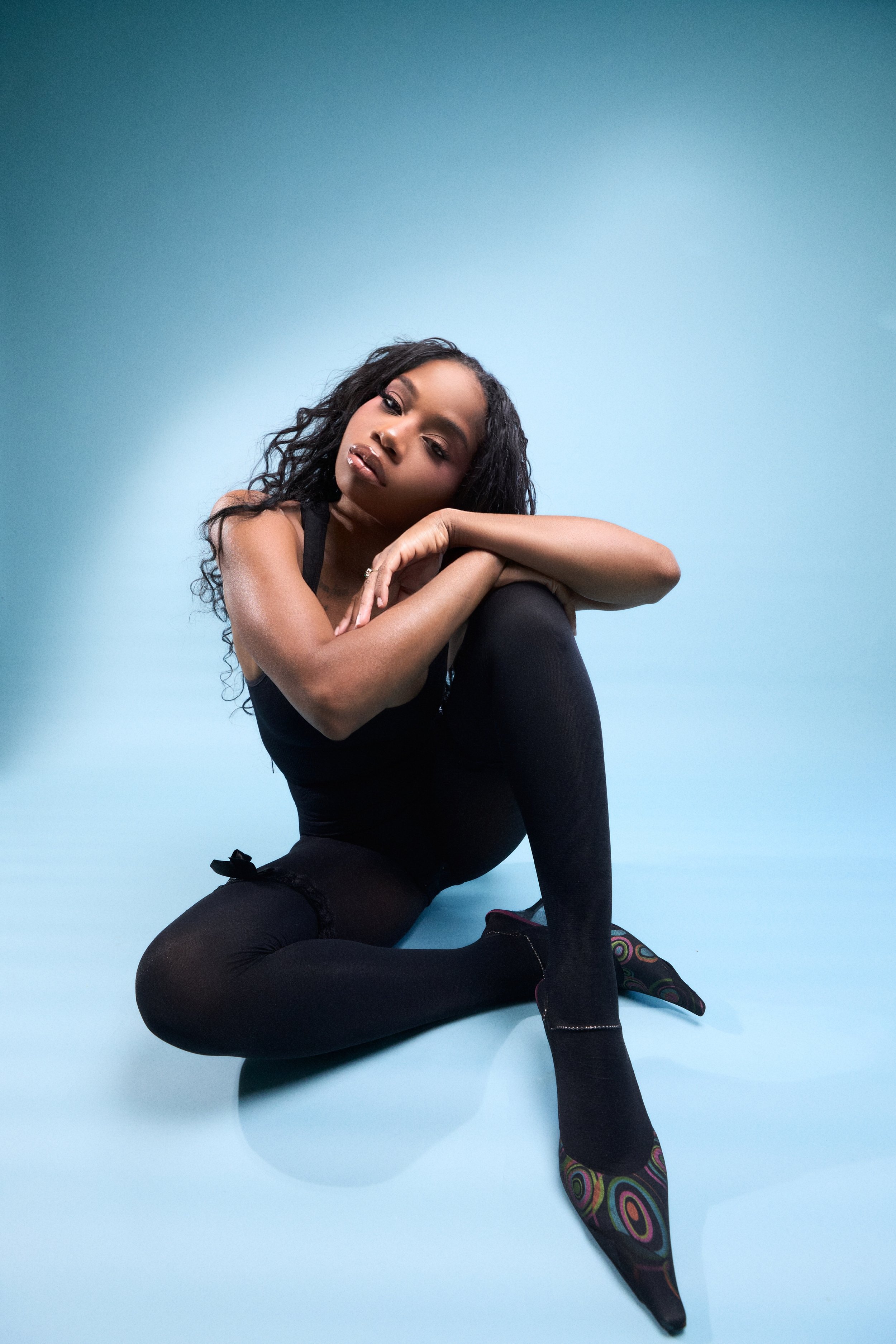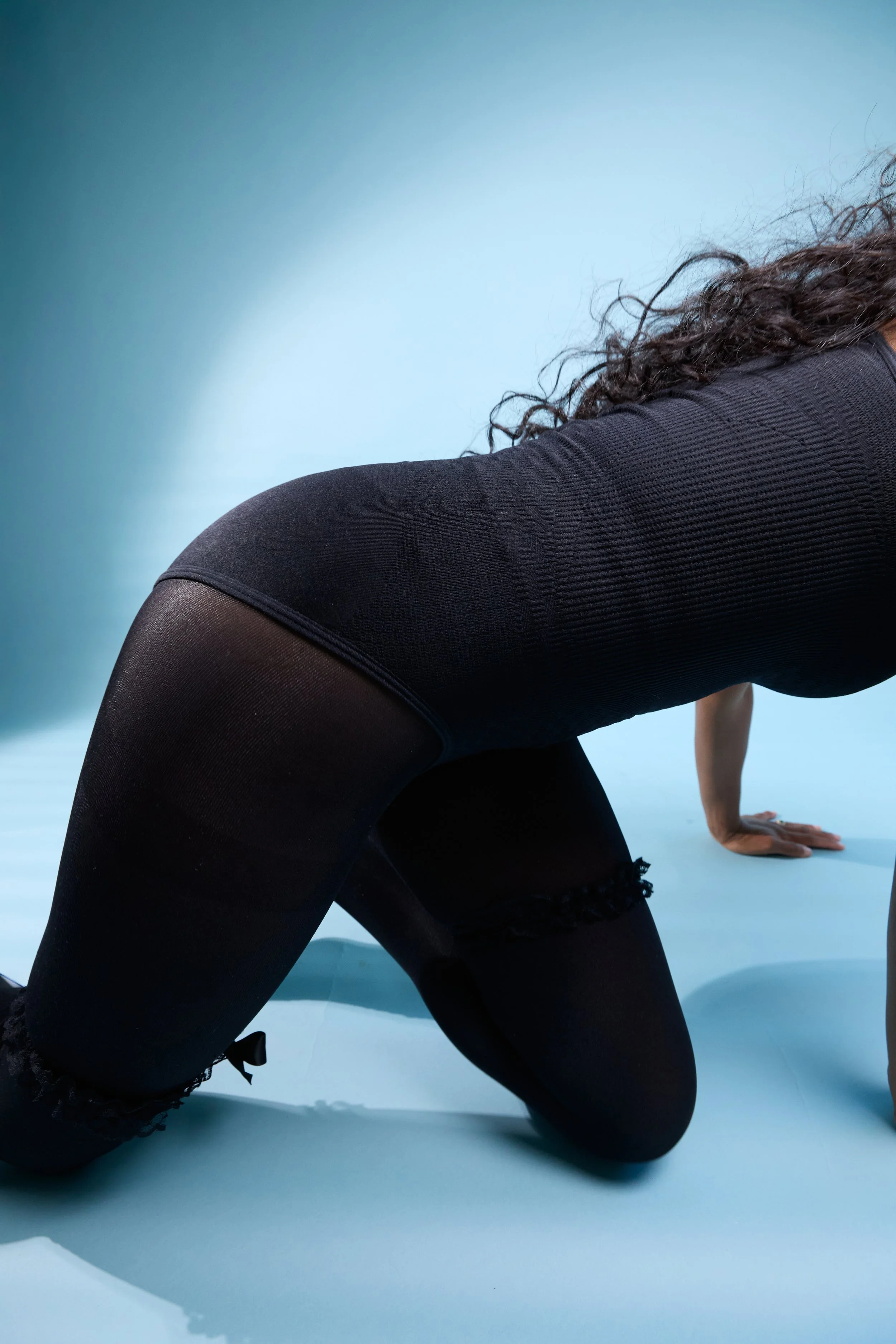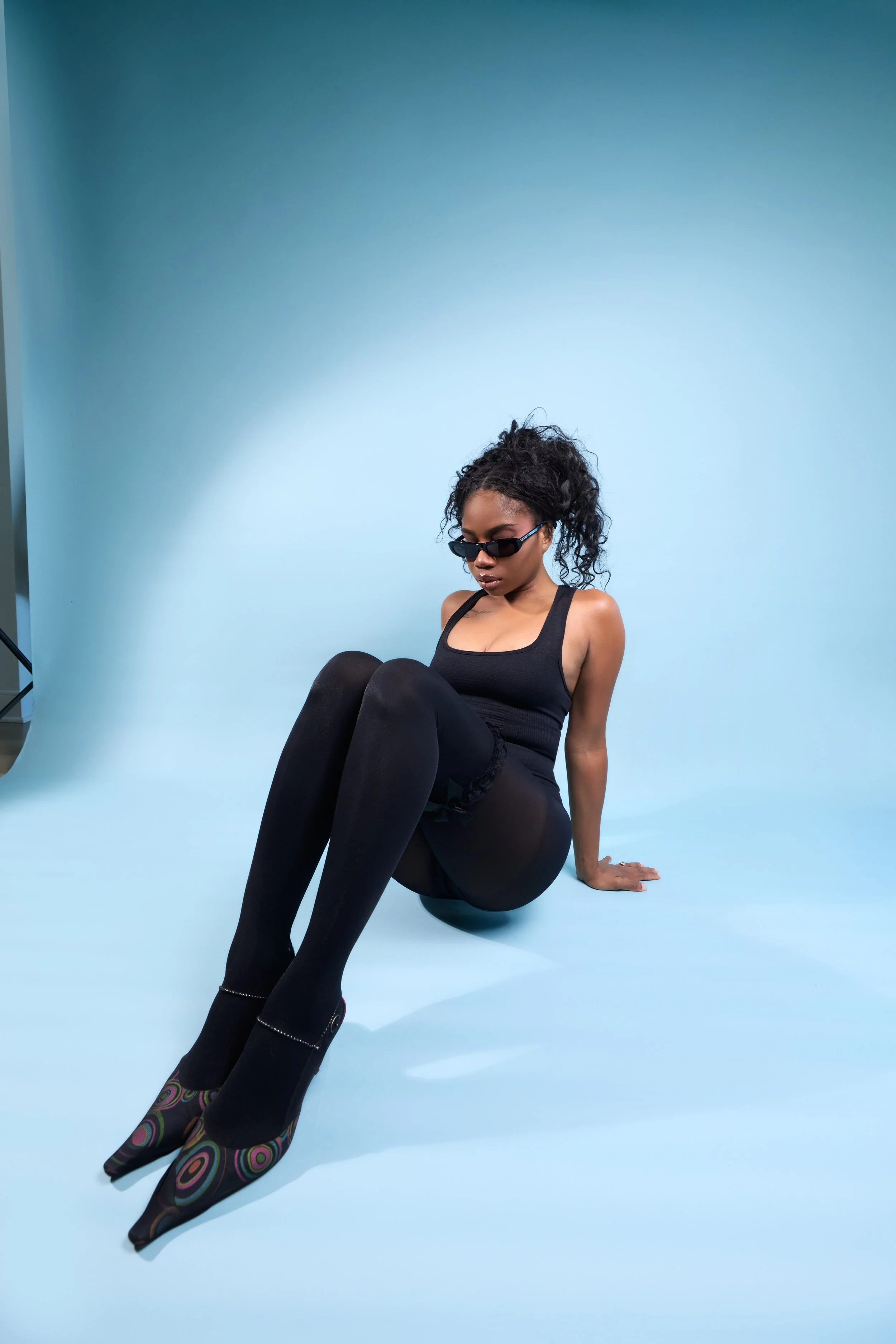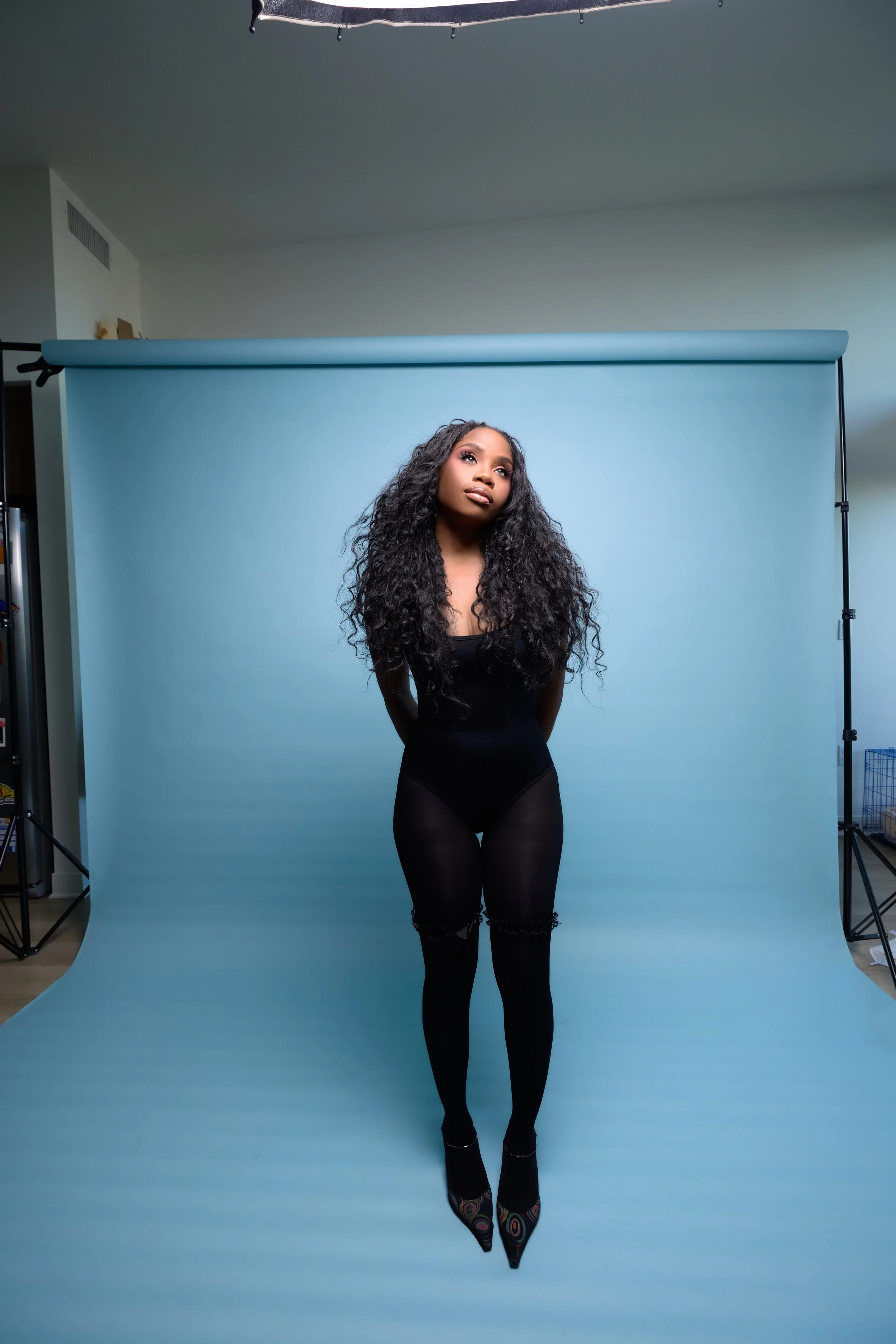becoming cheyennekimora
A conversation between creation and reflection — where legacy, intention, and self-discovery shape the hand behind the atelier.
photographer: nigel elliott

photographer: nigel elliott








